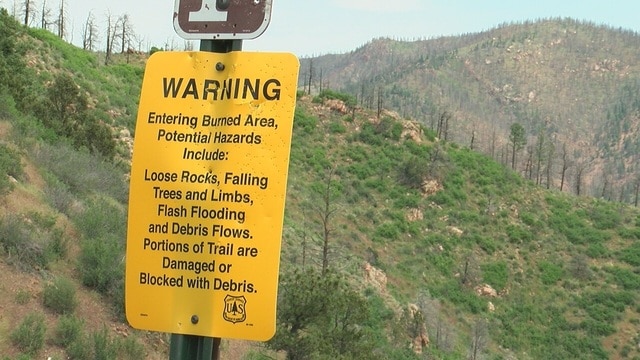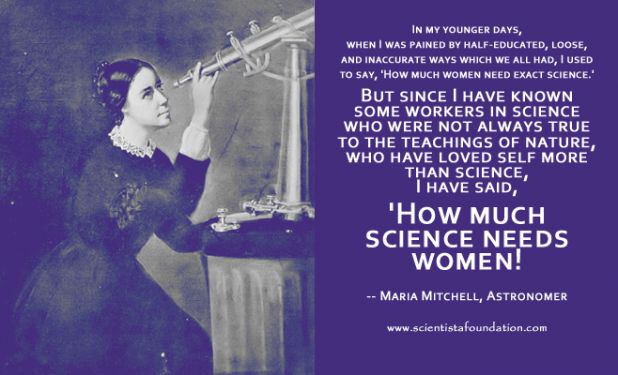We’ve talked before on this blog about fire recovery, restrictions and rebuilding recreation infrastructure post-fire. I thought this was an interesting approach..funding is coming from the State to start a planning process. Here’s a link to the article from the Colorado Springs Gazette:
The Rocky Mountain Field Institute received a $45,000 planning grant for the trail and canyon from Colorado Parks and Wildlife State Trails Program, Peterson, the nonprofit’s executive director, announced Friday.
“Because of the hard work of so many (since the Waldo Canyon fire), we can begin to look toward the future of the entire Waldo Canyon area to provide new opportunities for outdoor recreation and public access,” she said.
The funding comes five months after the U.S. Forest Service reopened the burn area accessible from Rampart Range Road.
The planning process is not as simple as restoring the network of trails that existed before the 2012 fire, Pikes Peak Ranger Oscar Martinez and Peterson explained. The Waldo Canyon Trail in Ute Pass west of Colorado Springs was washed away by flooding, which necessitates a complete trail realignment; the U.S. 24 trailhead has insufficient parking and traffic safety concerns; and people’s expectations of what the canyon can offer recreationally have changed.
“If you looked at the usage before the burn, it was a popular trail, but our use numbers from a recreation standpoint have skyrocketed since,” Martinez said. “And along with that, we’ve gotten a lot of the requests from the public for additional uses. In those five years, those numbers and what people hope we do with that landscape have changed.”
The planning process also offers opportunities for trail expansion, Peterson said.
“We can look at new trailhead locations, new trail designs, dispersed camping locations on Rampart Range Road and possible trail connections to places like Blodgett Peak Open Space,” she said.
Those options would not have existed without the patience to allow the vegetation to regrow, the soil to stabilize and the safety hazards to wane.
“People may say that five and a half years was too long, but these things take time,” Peterson said.
Working with the U.S. Forest Service and Trails and Open Space Coalition, RMFI will use the grant to hire a consultant to facilitate a “Waldo Canyon Roundtable.” Modeled on the Bear Creek Roundtable, the public input process will be designed to draw recreationists, conservationists, land managers and other interested parties into a conversation about public access and resource protection.
The consultant, Peterson explained, will eliminate agency biases and relieve RMFI of the time-consuming components of public engagement.
Also, I thought the following quotes are interesting. The generality (cannot expend resources on planning) is not correct. Folks spend millions on forest plans, for example, travel management plans, project plans and so on. Perhaps this is function of the gap between needs and budget in recreation. Good news.. others are filling in some of the gaps.
As a multiple-use agency, the Forest Service usually cannot expend resources on planning.
“As a federal agency, we get support to build trails. We don’t get the support necessarily, in time or money, to fund the planning piece,” said Martinez. “The grant allows us to spend the energy to ask questions of what do we do here? What do we want to see here? What do we want to build here?”






